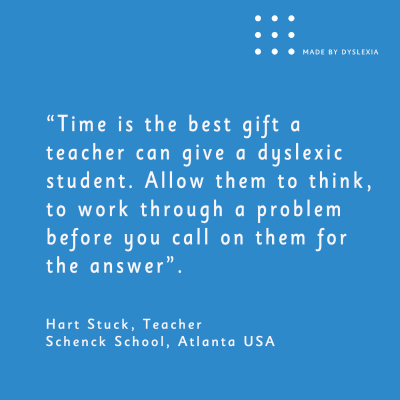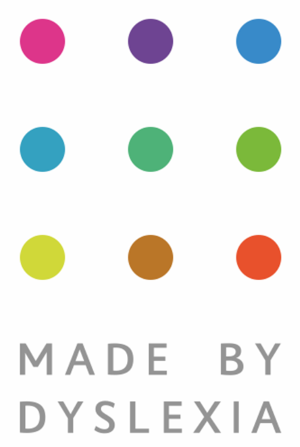Dyslexia inclusive classroom

- A multi-sensory, explicit phonics approach is the evidence-based approach to reading for a student with dyslexia. This approach is beneficial for a wide range of learners. A whole language approach won't help a learner with dyslexia. For more information, see The Academy of Orton Gillingham Practitioners and Educators.
- General education classrooms can be designed to support learners with dyslexia by incorporating a multi-sensory instructional approach which in turn benefits all students.
- An inclusive classroom is designed to not only celebrate and reward traditional academic accomplishments—quizzes, tests, grades—but also the different strengths and contributions associated with dyslexia. Allow students to demonstrate mastery using project-based learning, portfolios, presentations, art, and so on.
- Assistive technologies, such as text-to-speech and speech-to-text, are valuable tools to support learners with dyslexia in the classroom. Tools like Microsoft's Learning Tools support the needs of learners with dyslexia by providing customizable support for each learner. To learn more, read Leveling the playing field with Microsoft Learning Tools.
- Making simple adjustments to support a student with dyslexia’s challenges will enable them to demonstrate their strengths, knowledge, and mastery in a class setting.
- Allow children to type rather than write. It helps them organize their ideas, removes the barriers of spelling and grammar and boosts self-esteem.
- Accommodations and modifications are different. To learn more, see The difference between accommodations and modifications.
Did you know that Microsoft's Immersive Reader was built based on research about readers with dyslexia? How Microsoft's Immersive Reader tackles Dyslexia head on—and wins
Want to learn more about inclusivity? Take this module:
Reflection
- What are some opportunities you could provide students to demonstrate mastery in ways other than traditional tests and exams?
- Are there opportunities for project-based learning, portfolios, presentations, videos, or voice-recorded answers?
Useful resources
